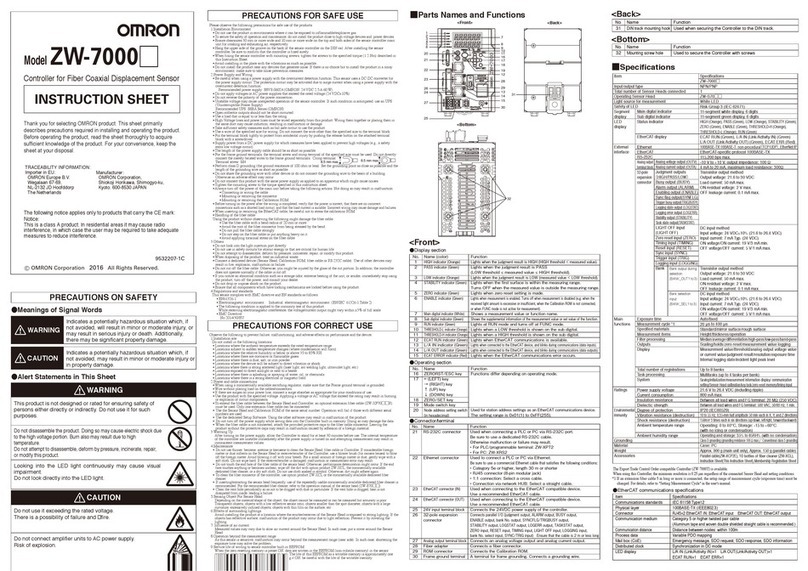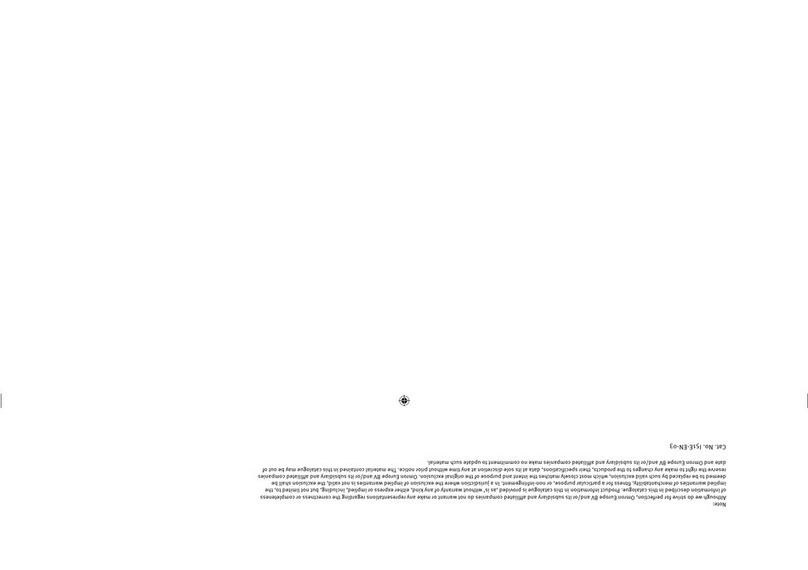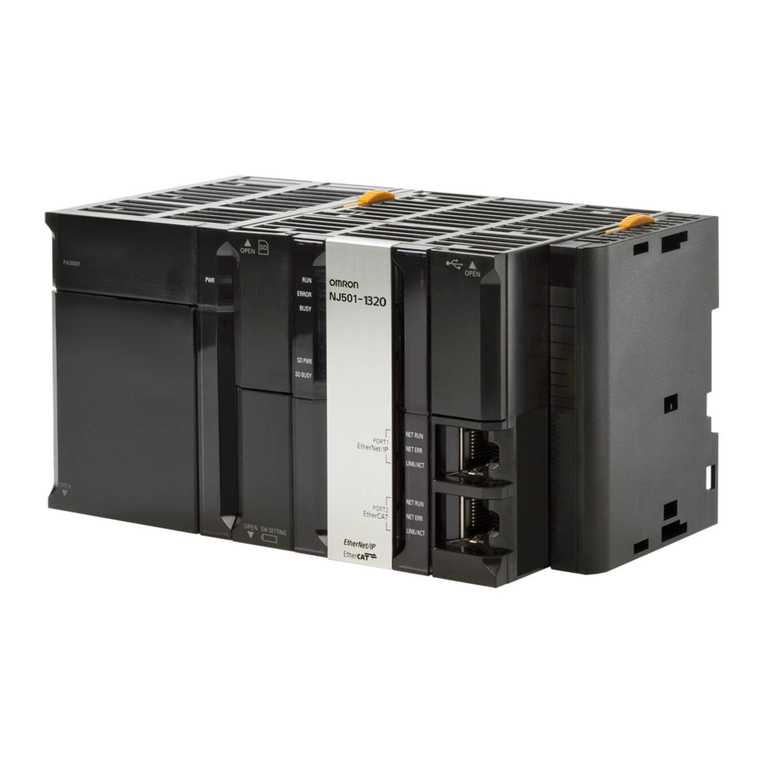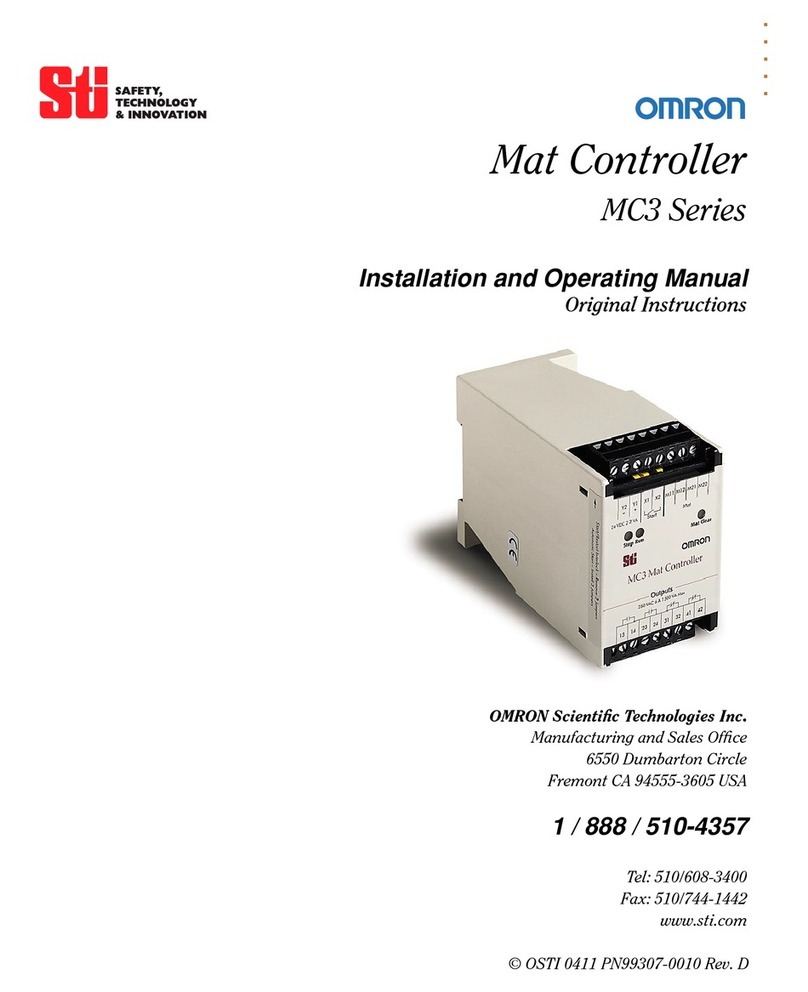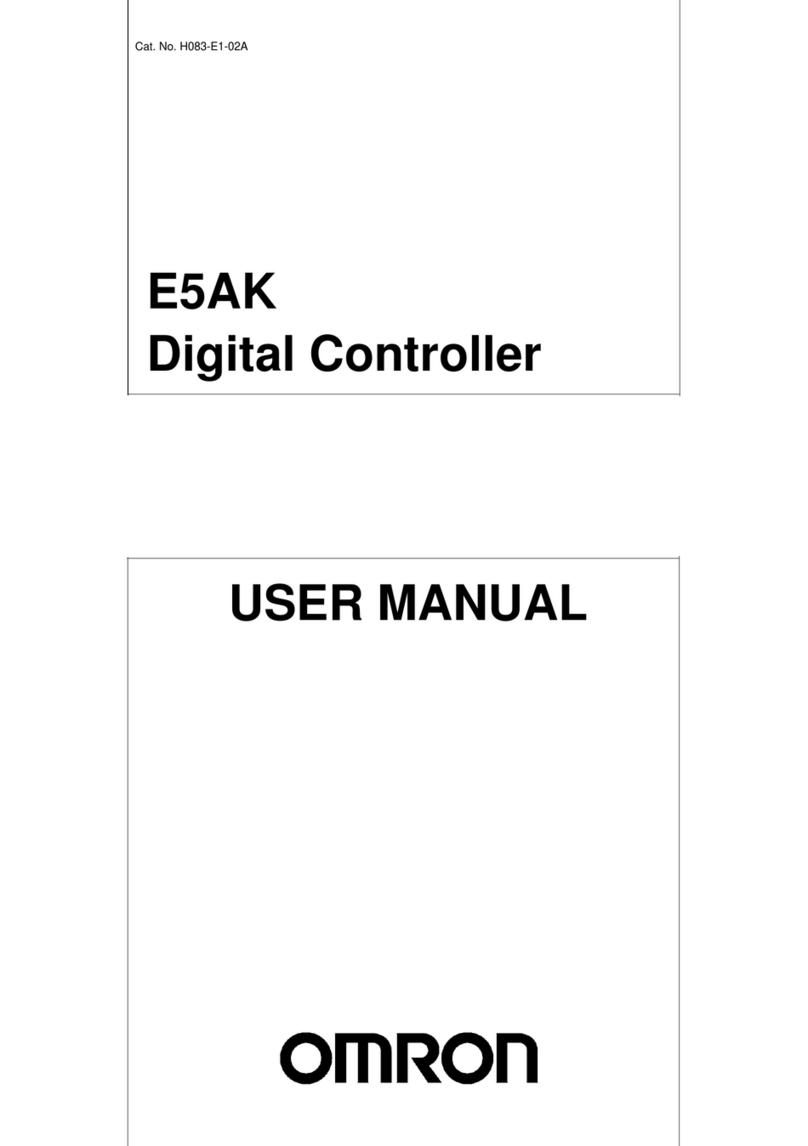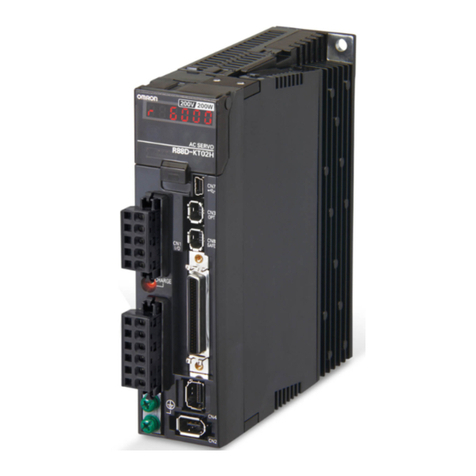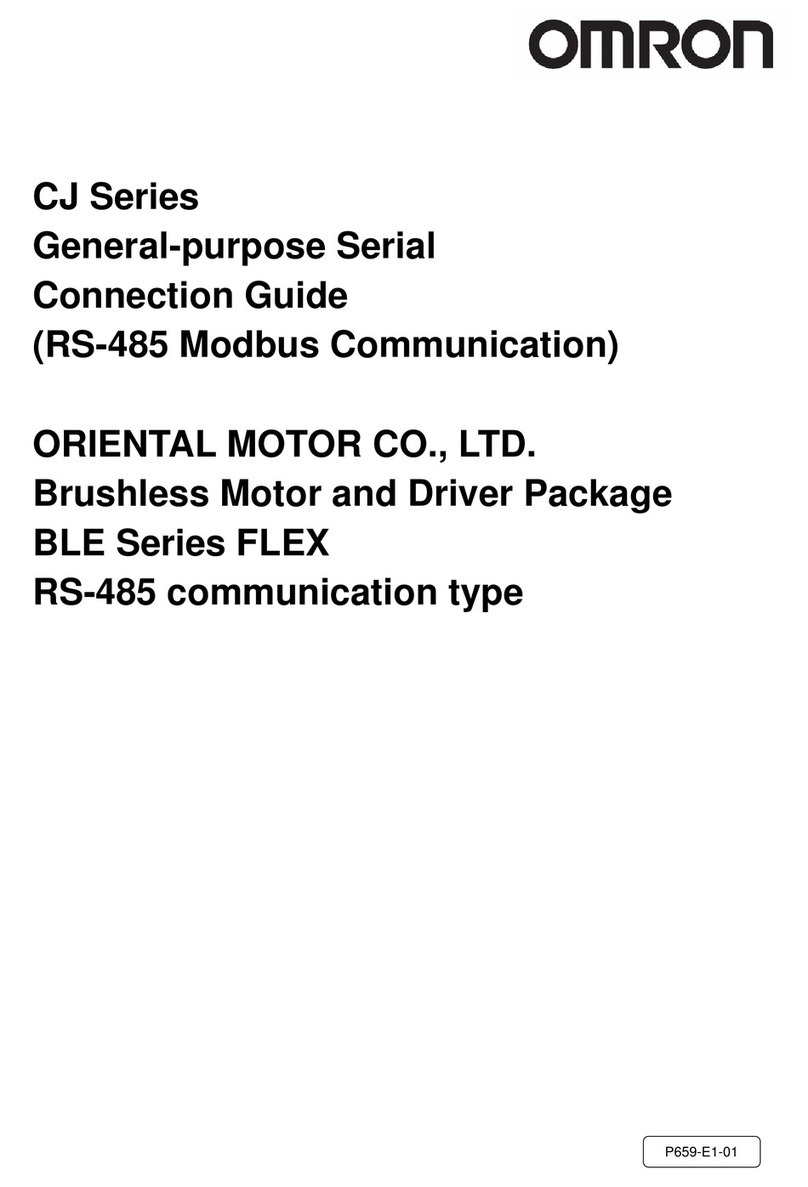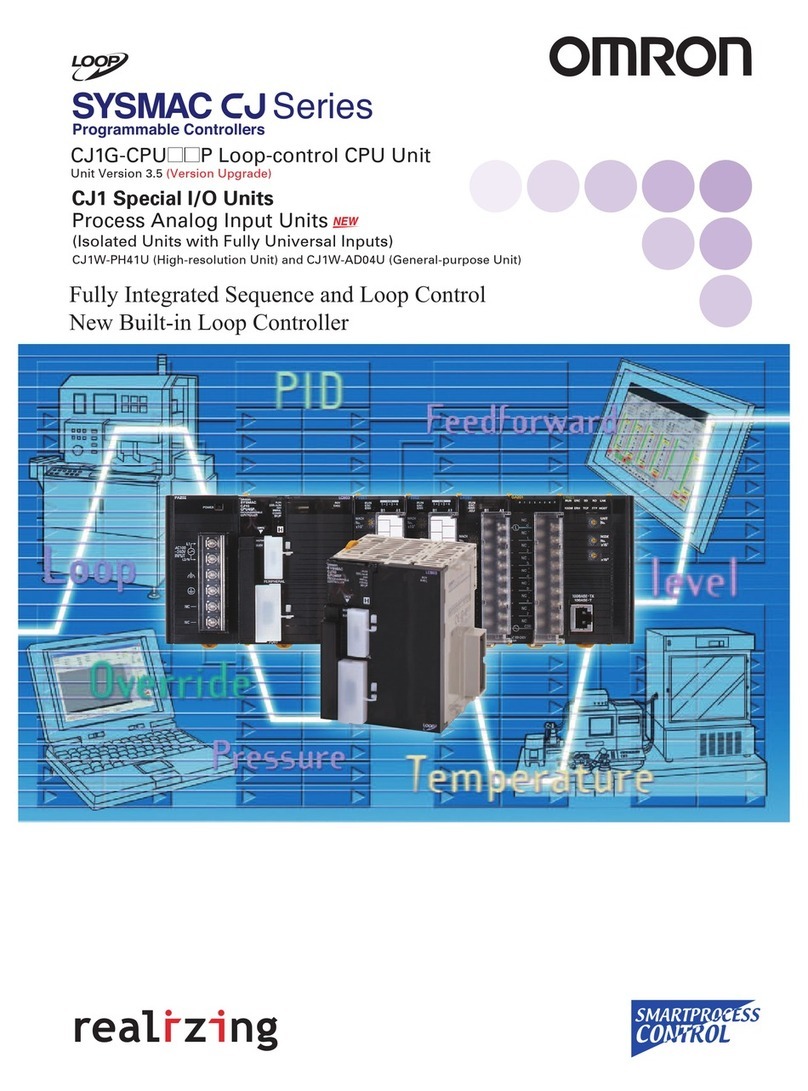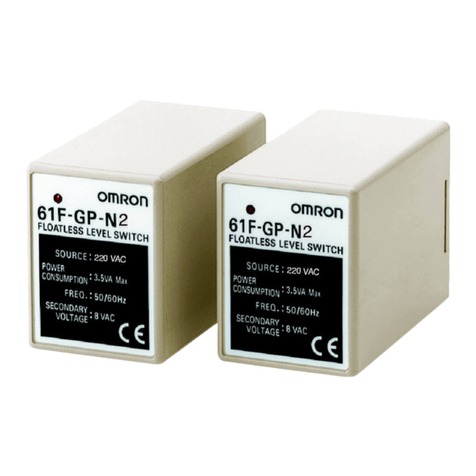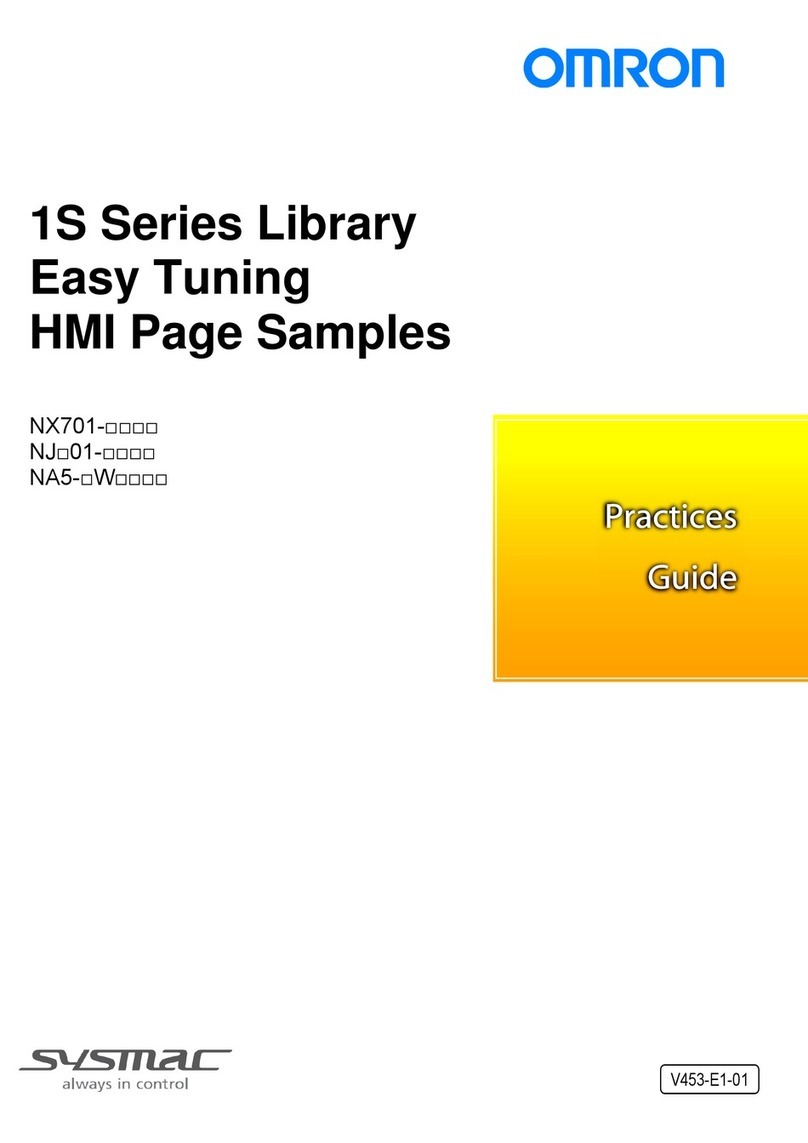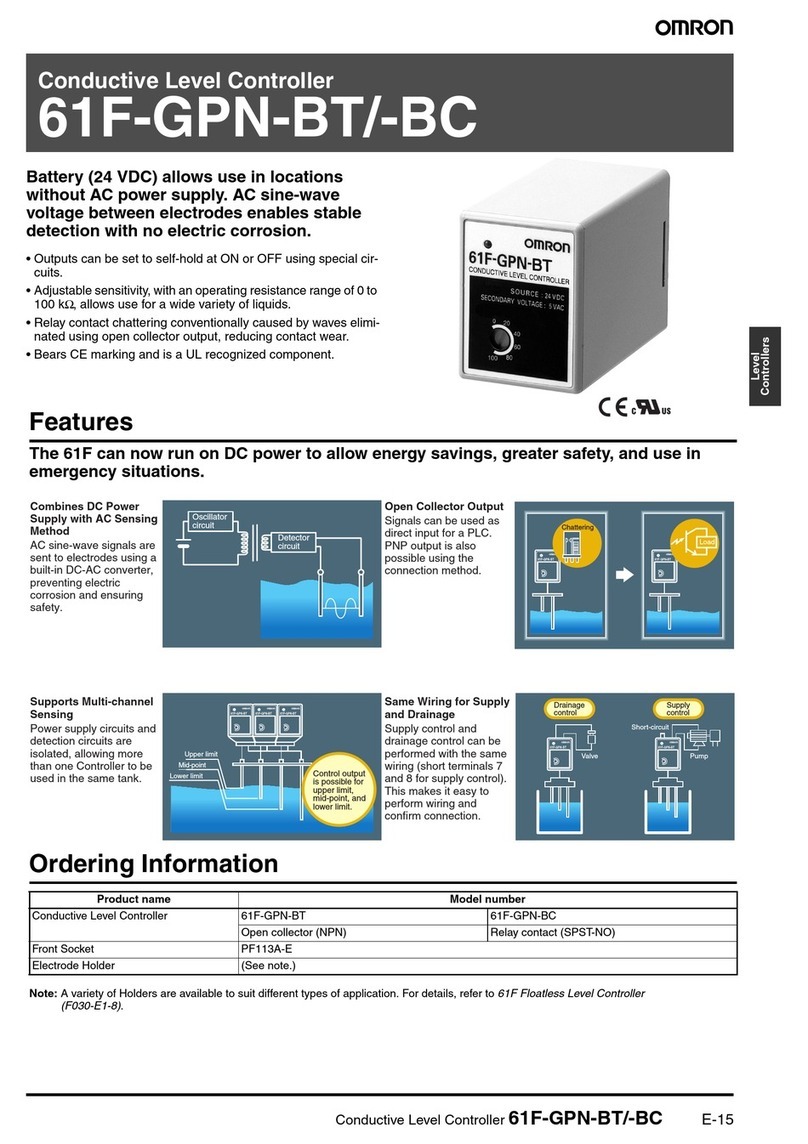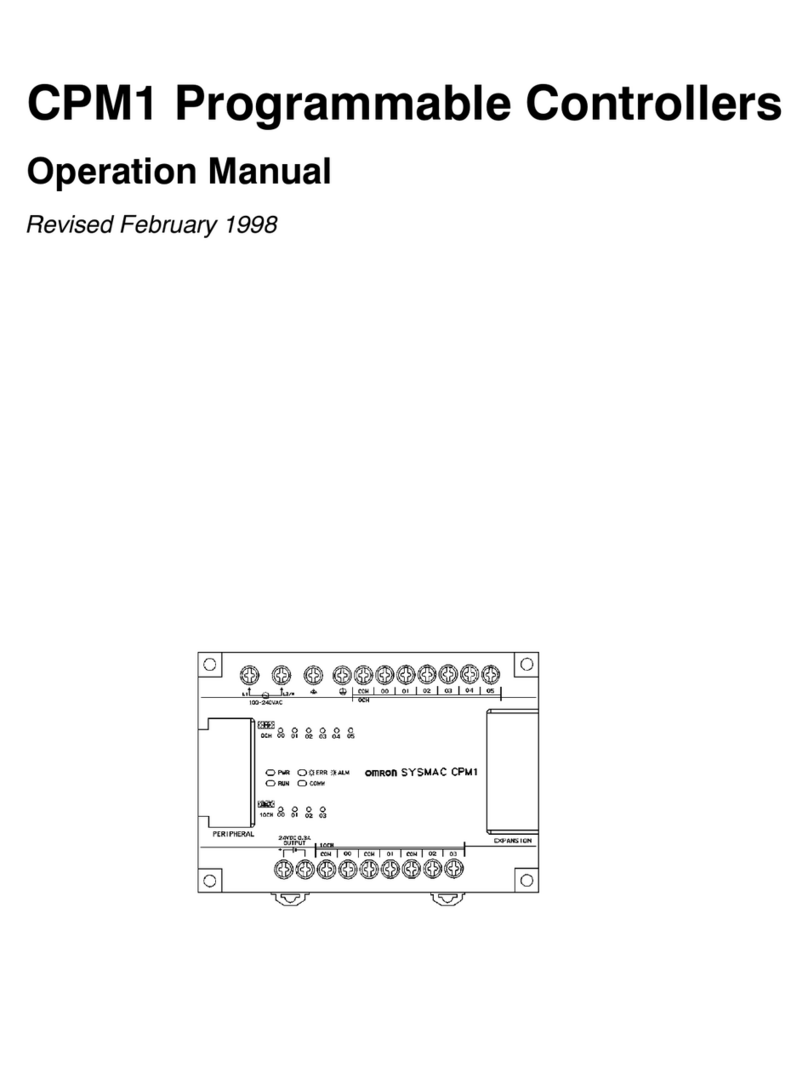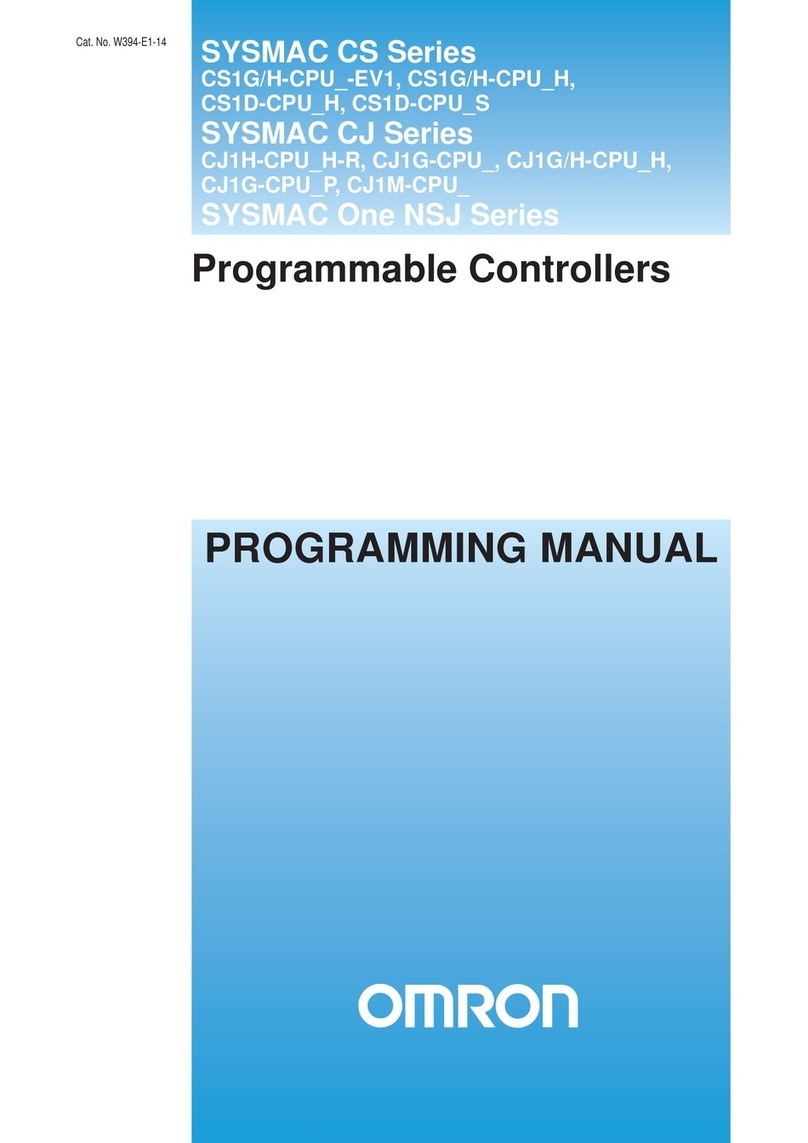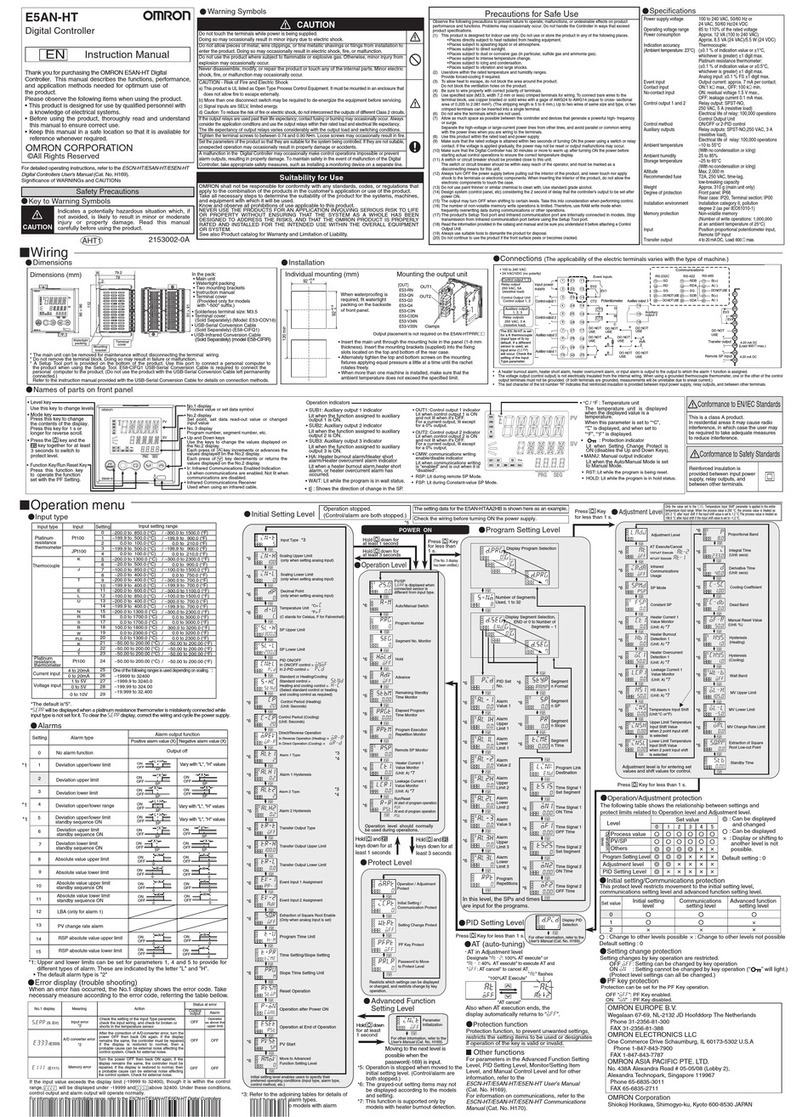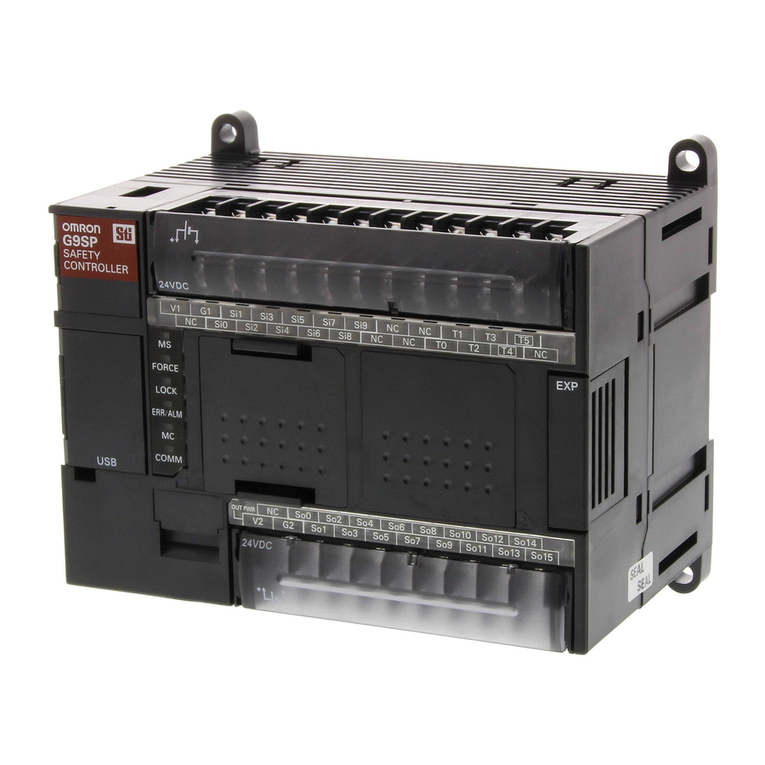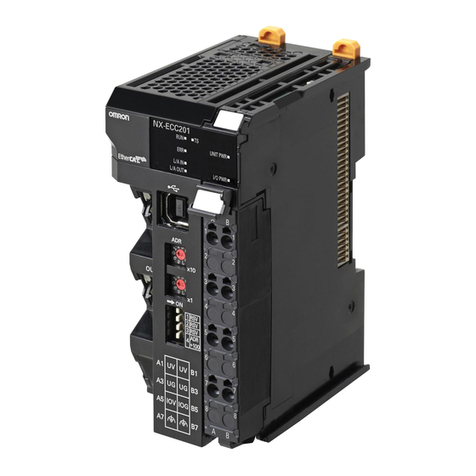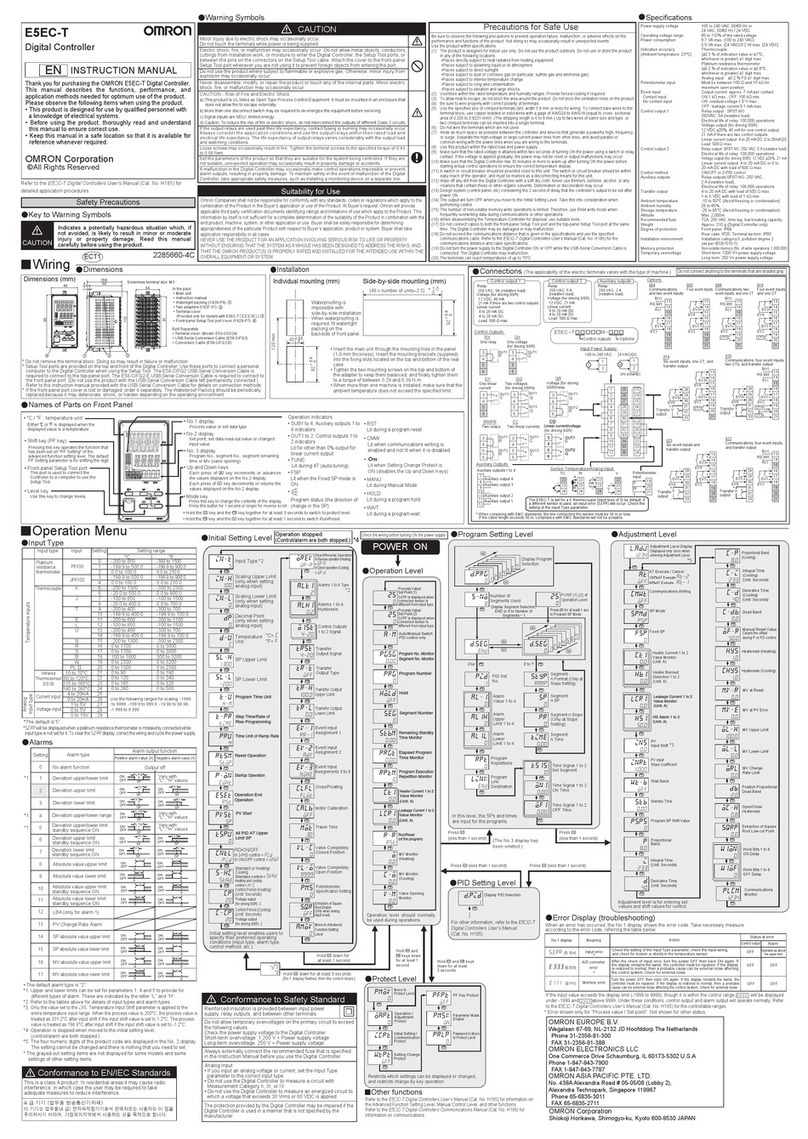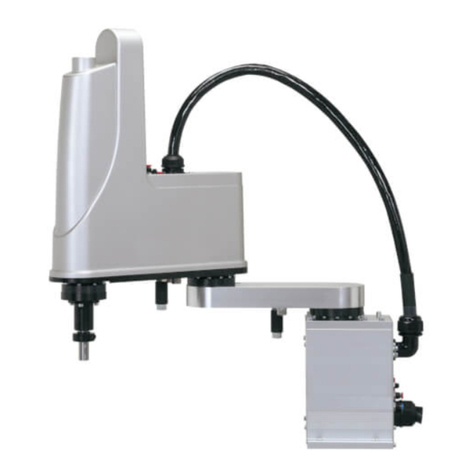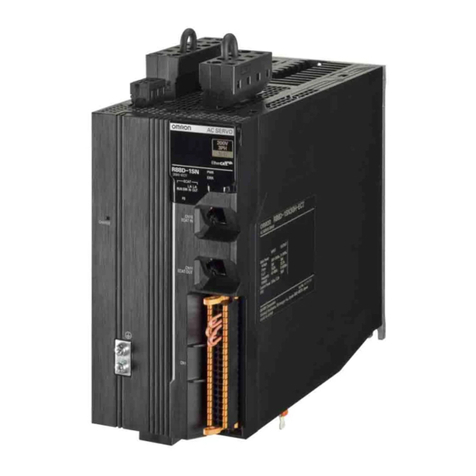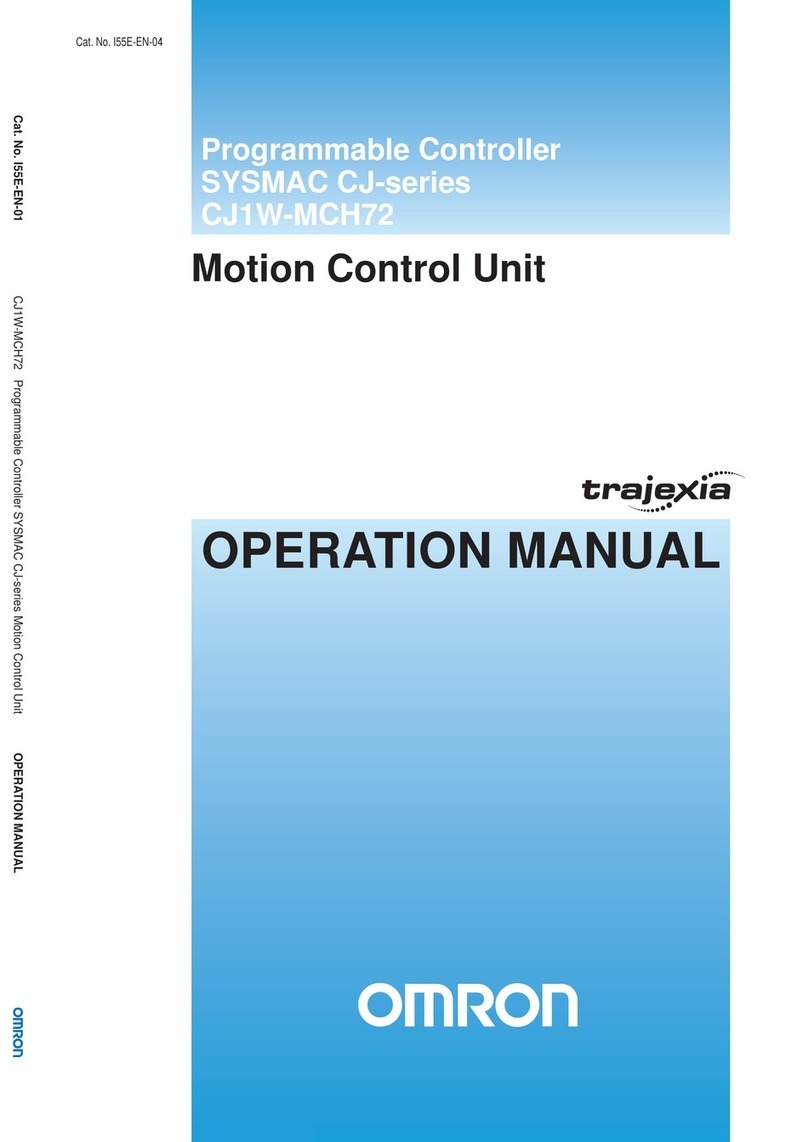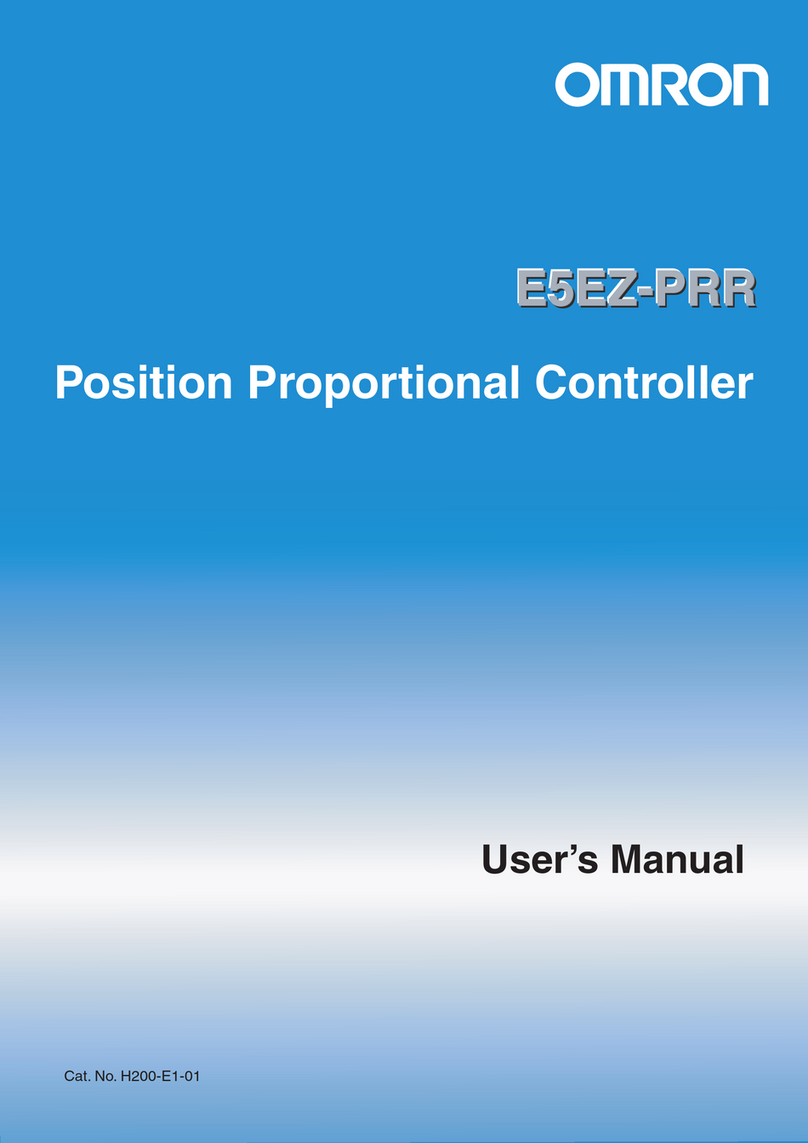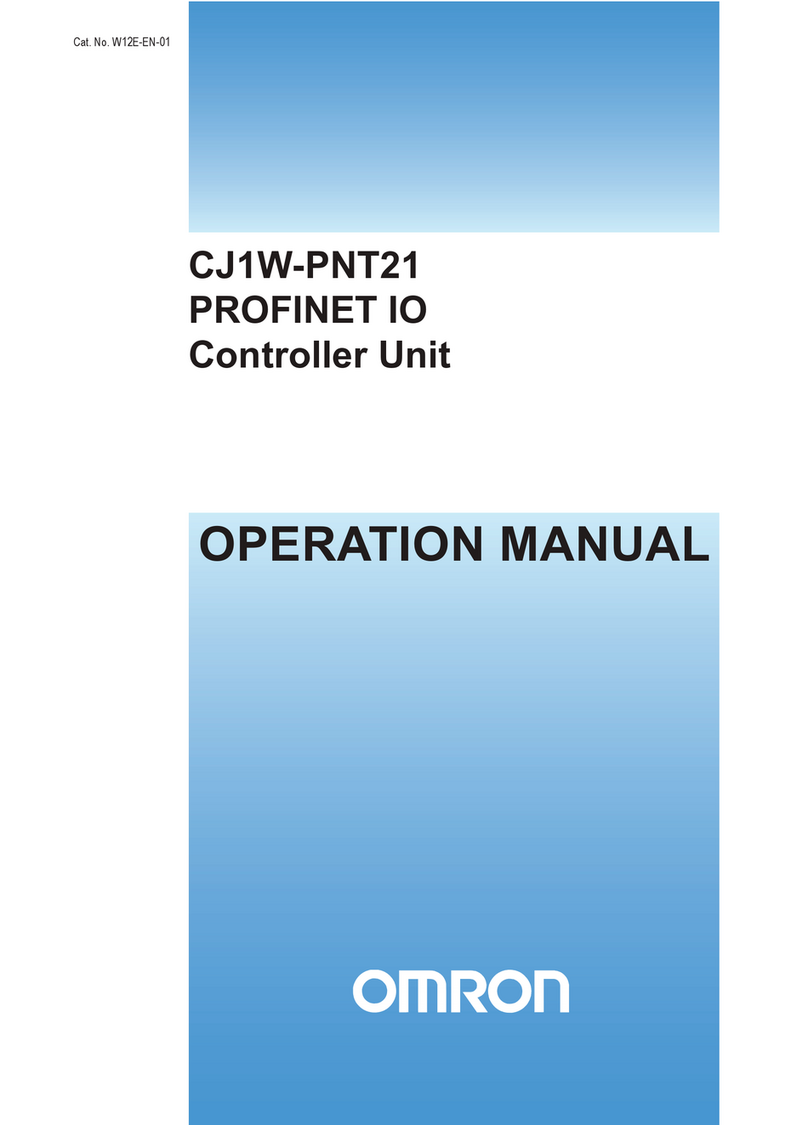
vii
TABLE OF CONTENTS
PRECAUTIONS .........................................................................................xi
1 Intended Audience........................................................................................................................................................xii
2 General Precautions......................................................................................................................................................xii
3 Safety Precautions ........................................................................................................................................................xii
4 Operating Environment Precautions.............................................................................................................................xii
5 Application Precautions...............................................................................................................................................xiii
6 EC Directives ..............................................................................................................................................................xiv
1 PROFIBUS-DP...................................................................................... 1
1-1 Introduction..............................................................................................................................................................2
1-2 Protocol architecture ................................................................................................................................................2
1-3 Device types.............................................................................................................................................................4
1-4 PROFIBUS-DP characteristics.................................................................................................................................4
1-5 Device Data Base files .............................................................................................................................................8
1-6 Profiles.....................................................................................................................................................................8
2 INSTALLATION.................................................................................. 9
2-1 Physical layout of the unit......................................................................................................................................10
2-2 Mounting the C200HW-PRM21 ............................................................................................................................13
2-3 Setting up a network...............................................................................................................................................14
3 SPECIFICATIONS AND PERFORMANCE..................................17
3-1 Overall Specifications............................................................................................................................................18
3-2 Performance ...........................................................................................................................................................20
4 CONFIGURATOR.............................................................................29
4-1 General...................................................................................................................................................................30
4-2 Setup ......................................................................................................................................................................31
4-3 Operation................................................................................................................................................................32
4-4 Debug mode...........................................................................................................................................................46
5 PLC INTERFACE..............................................................................51
5-1 Unit Settings...........................................................................................................................................................52
5-2 Input / Output Mailbox...........................................................................................................................................59
5-3 Control and status area...........................................................................................................................................60
5-4 LEDs ......................................................................................................................................................................70
6 MESSAGE COMMUNICATION, IOWR / IORD .........................73
6-1 Message communication........................................................................................................................................74
6-2 IOWR.....................................................................................................................................................................74
6-3 IORD......................................................................................................................................................................76
6-4 Messages................................................................................................................................................................77
7 TROUBLESHOOTING AND MAINTENANCE ...........................83
7-1 Error Indicators......................................................................................................................................................84
7-2 Troubleshooting .....................................................................................................................................................84
7-3 Maintenance...........................................................................................................................................................90
